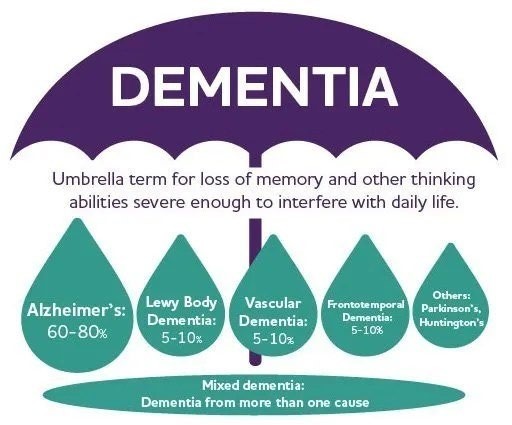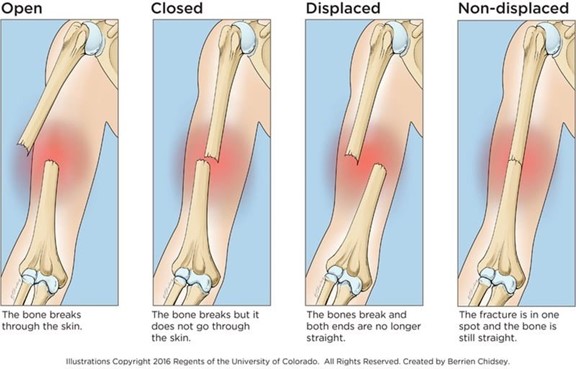A client on the mental health unit has been scowling and rapidly pacing up and down the hall for several minutes. Which behaviors are most important for the practical nurse (PN) to monitor?
Decreased activity level and change in affect.
Periodic sighing and shaking the head.
Repeated requests for attention from the nurse.
Argumentativeness and use of profanity.
The Correct Answer is D
The most important behaviors for the practical nurse (PN) to monitor in this situation are argumentativeness and use of profanity. These behaviors may indicate that the client is becoming agitated and may pose a risk to themselves or others. The PN should closely monitor the client's behavior and take appropriate action to ensure the safety of the client and others on the unit. The other behaviors listed may also be important to monitor, but argumentativeness and use of profanity are the most important in this situation
Nursing Test Bank
Naxlex Comprehensive Predictor Exams
Related Questions
Correct Answer is C
Explanation
Restlessness, confusion, and agitation are common symptoms of dementia, particularly in the evening, a phenomenon known as sundowning. Therefore, the PN should implement interventions that can help to prevent or minimize these symptoms. Assigning the client to a room close to the nurses' station can help to provide constant observation and reassurance and can help to prevent the client from wandering or becoming disoriented.
A. Delaying administration of nighttime medications until after visitors have left may be appropriate, but it is not the first intervention to be implemented in this scenario.
B. Administering a prescribed PRN benzodiazepine at the onset of a confused state may be appropriate in some cases, but it should not be the first intervention to be implemented in this scenario.
D. Asking family members about how they dealt with the client in the evening may be helpful, but it is not the first intervention to be implemented in this scenario.

Correct Answer is B
Explanation
Repeated visits to multiple emergency departments for various injuries or complaints can be a red flag for possible child abuse. The other options may indicate other issues or concerns, but they do not provide as much reason to suspect child abuse as the history of repeated visits to different emergency departments. It is important for healthcare providers to remain vigilant for signs of child abuse and to report any suspicions to the appropriate authorities.

Whether you are a student looking to ace your exams or a practicing nurse seeking to enhance your expertise , our nursing education contents will empower you with the confidence and competence to make a difference in the lives of patients and become a respected leader in the healthcare field.
Visit Naxlex, invest in your future and unlock endless possibilities with our unparalleled nursing education contents today
Report Wrong Answer on the Current Question
Do you disagree with the answer? If yes, what is your expected answer? Explain.
Kindly be descriptive with the issue you are facing.
